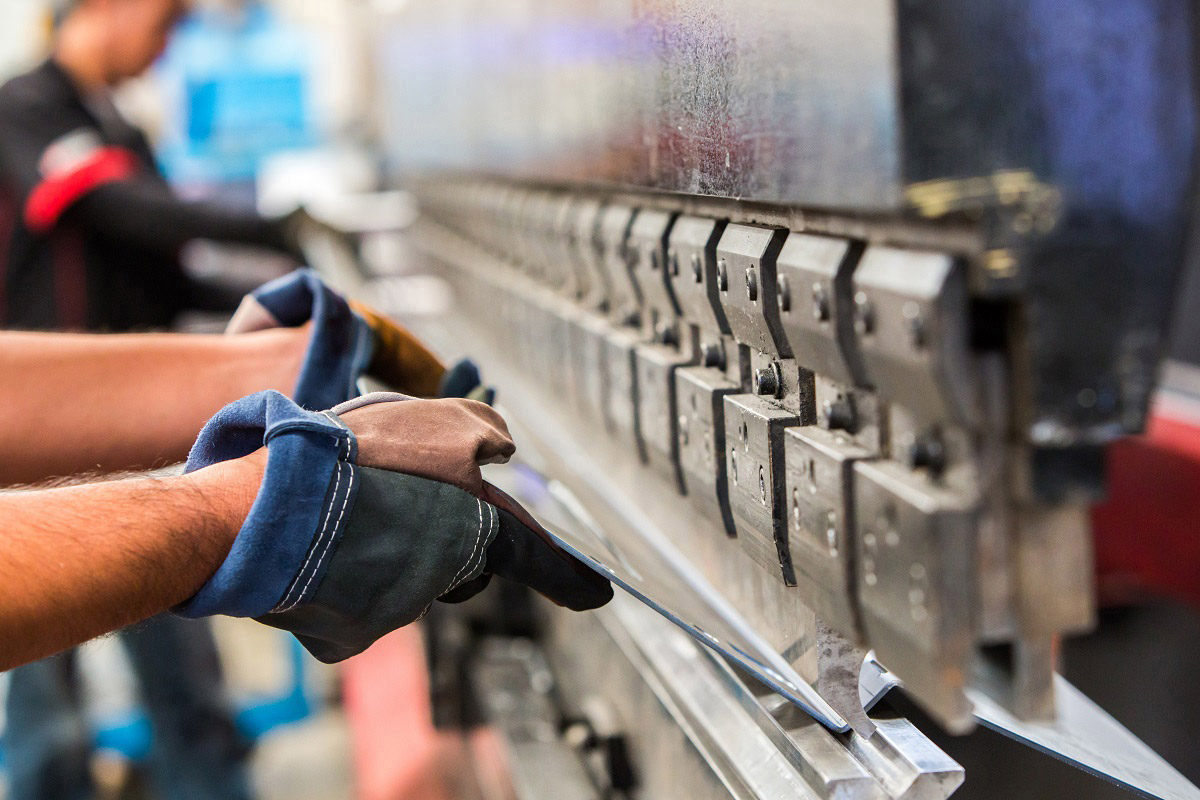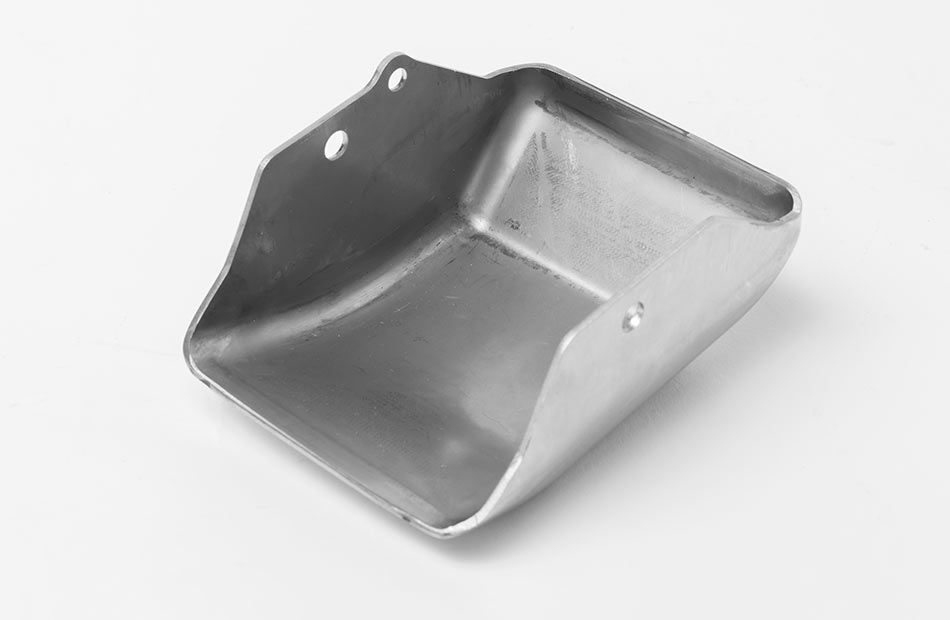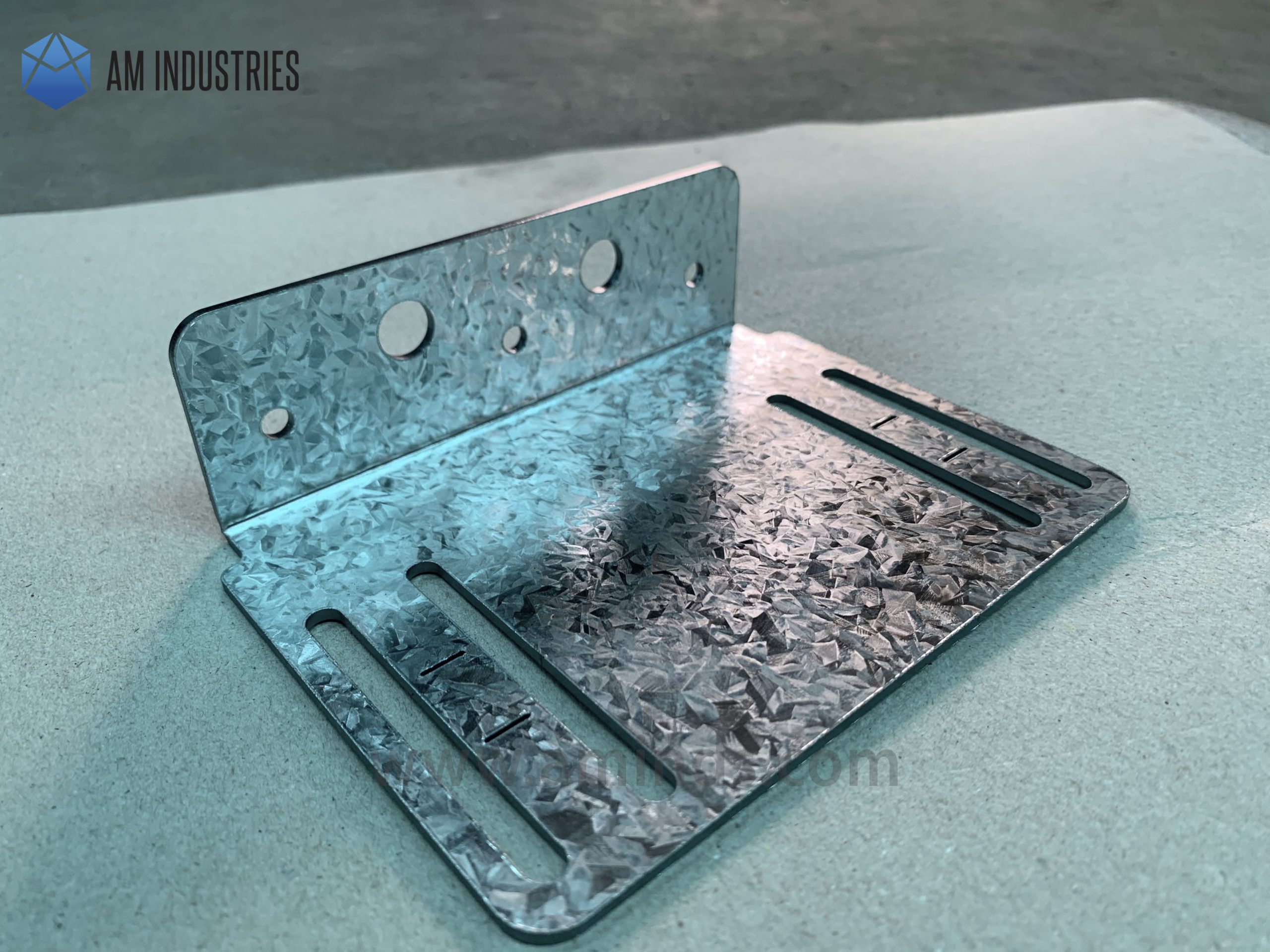Advanced Metal Stamping Methods for Precision Manufacturing
Letting Loose the Prospective of Metal Stamping: Expert Tips and Ideal Practices Exposed
In the realm of steel marking, where precision and performance regime supreme, the quest to maximize procedures and unlock covert potentials is a continuous quest. Competence developed over years of industry experience, incorporated with sophisticated innovations and innovative techniques, holds the crucial to achieving unparalleled outcomes. As we navigate via the complex world of metal marking, a better take a look at the details of tooling layout, material selection, production performance, quality assurance, and arising trends guarantees a treasure of understandings waiting to be unearthed. Keep tuned to find just how these expert ideas and best methods can revolutionize the metal marking landscape.
Tooling Layout Optimization
Optimizing tooling design is necessary for boosting efficiency and precision in steel marking procedures. A well-thought-out tooling design can dramatically impact the quality and cost-effectiveness of metal stamping procedures. By thoroughly taking into consideration factors such as material choice, pass away configuration, and part geometry, suppliers can streamline production processes and improve general product high quality.
One trick facet of tooling layout optimization is selecting the most appropriate materials for the dies and punches used in the stamping process. Materials with high wear resistance and strength are liked to ensure durability and lessen tooling upkeep demands. In addition, pass away arrangement plays a critical duty in attaining harmony and consistency in stamped components. Correct die style can assist avoid problems such as wrinkling, tearing, and extreme springback, resulting in higher manufacturing returns and reduced scrap prices.
Additionally, maximizing part geometry via tooling design can aid lessen material waste and manufacturing time. By thoroughly shaping punches and dies to match the wanted component specifications, suppliers can accomplish tighter resistances and enhanced component high quality. Overall, spending time and resources in maximizing tooling style can cause considerable lasting benefits for steel stamping procedures.

Material Choice Approaches
Strategically choosing materials for metal stamping tooling is vital for making certain durability and performance in producing processes. When choosing materials for metal stamping applications, several essential elements should be thought about. The very first consideration is the sort of material being stamped. Different products, such as aluminum, stainless steel, or copper, require specific tooling products to make certain optimal efficiency and long life.
An additional crucial factor in product option is the predicted manufacturing quantity - Metal Stamping. For high-volume manufacturing runs, tooling materials with exceptional wear resistance and strength, such as device steels or carbide, are typically liked to stand up to the roughness of continuous stamping procedures
Additionally, the intricacy of the marking design and the needed accuracy additionally play a considerable role in material selection. For complex stamping patterns or limited tolerances, materials with high thermal conductivity and outstanding machinability, like beryllium copper or device steel alloys, may be more ideal to attain the desired results.
Production Effectiveness Strategies
To improve manufacturing output and decrease manufacturing costs, executing reliable methods in steel marking processes is crucial. Automated steel marking makers can perform jobs with accuracy, uniformity, and at a much faster price than manual labor, leading to boosted efficiency and lowered cycle times.
Another strategy to enhance production performance is with continuous procedure improvement. Performing regular audits and performance analyses can aid determine traffic jams, inadequacies, and locations for enhancement within the metal marking procedure. By examining information and comments from these analyses, manufacturers can implement targeted remedies to streamline operations, rise throughput, and make best use of overall efficiency.
In addition, taking on lean production principles, such as five methodology and Kanban systems, can help get rid of waste, enhance workflow, and improve general performance in steel marking operations. By cultivating a society of continuous enhancement and encouraging employees to contribute concepts for performance gains, makers can open the full capacity of their metal stamping processes.
High Quality Control Measures
Structure on the structure of efficient manufacturing strategies in steel marking procedures, ensuring stringent quality assurance steps is vital for keeping item standards and consumer satisfaction. Quality control in metal stamping includes systematic evaluation, screening, and tracking of the manufacturing refines to recognize and rectify any deviations or defects that can jeopardize the last product's honesty (Metal Stamping). Executing steps such as regular tools maintenance, in-process evaluations, and detailed testing of completed parts can assist spot problems early on and protect against pricey rework or item remembers
Normal audits and evaluations of quality procedures can assist identify areas for improvement and make sure uniformity in product quality. By fostering a culture of quality awareness amongst employees and giving appropriate training on quality control treatments, producers Our site can enhance total item integrity and brand name online reputation.

Cutting-edge Metal Stamping Technologies
Innovations in metal stamping innovations have changed the manufacturing sector, improving efficiency and accuracy in the production process. Among one of the most substantial developments is the development of servo press innovation. Servo presses offer unparalleled control over the stamping process, enabling modifications in speed, dwell, and force time with phenomenal precision. This degree of control results in better components, reduced downtime for tooling modifications, and boosted general productivity.

Furthermore, the adoption of additive manufacturing techniques in steel stamping, such as 3D printing of die elements, has structured the tooling layout and manufacturing process. This technique permits better layout adaptability, rapid prototyping, and cost savings in tooling production. By leveraging these cutting-edge technologies, suppliers can unlock new degrees of performance, high quality, and competition in the metal stamping sector.
Conclusion
Finally, the optimization of tooling design, calculated material option, efficient manufacturing techniques, quality assurance procedures, and ingenious modern technologies are necessary for unleashing the full possibility of metal stamping. By carrying out these finest methods and professional pointers, manufacturers can boost efficiency, enhance top quality, and remain competitive in the steel stamping industry. It is essential for firms to continually examine and boost their processes to achieve success in this area.
As we navigate through the intricate world of metal stamping, a closer look at the details of tooling design, material choice, production performance, top quality control, and emerging trends promises a treasure trove of insights Continued waiting to be unearthed. A well-balanced tooling layout can significantly impact the quality and cost-effectiveness of metal marking operations.Building on the foundation of efficient production strategies in metal stamping processes, guaranteeing rigorous high quality control actions is imperative for preserving item criteria and consumer satisfaction. Quality control in steel marking entails organized assessment, testing, and surveillance of the manufacturing refines to identify and fix any type of deviations or issues that could jeopardize the final item's integrity.In conclusion, the optimization of tooling design, calculated material selection, effective manufacturing methods, high quality control measures, and innovative technologies are important for unleashing the full capacity of metal stamping.